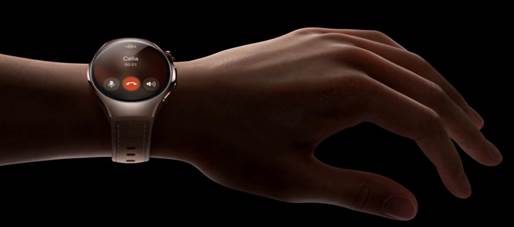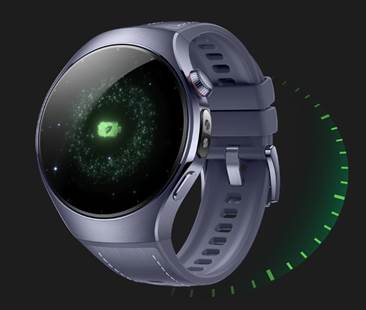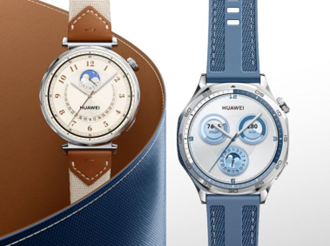Smartwatch makers are shifting toward more
sustainable design. As consumers become more environmentally conscious, brands
are rethinking how they source materials, reduce waste, and build products that
last longer. Eco-friendly smartwatches like the HUAWEI WATCH 5 aim to deliver function and style
without harming the planet. This movement goes beyond marketing. Manufacturers
are making real changes in how smartwatches are produced, packaged, and
powered. These changes appeal to buyers who want both tech and responsibility
in the same device.

Key Trends in Sustainable Smartwatch Design
Eco-friendly smartwatches focus on reducing
environmental impact while maintaining performance. The most visible trends
include recycled materials, energy-efficient components, and waste-reducing
production methods.
Use of recycled and natural materials
Leading smartwatch brands are using
recycled aluminum, stainless steel, and plastics in their cases and bands.
These materials lower the demand for virgin resources and reduce industrial
waste. Some companies also use biobased materials. For example, certain straps
are made from plant-based leather or ocean-bound plastic. These alternatives
reduce reliance on traditional synthetic components. Packaging also plays a
role. Many eco-conscious smartwatch models come in boxes made from recycled
cardboard and printed with soy-based ink. Brands minimize packaging layers to
reduce material usage and shipping weight. Sustainable packaging isn't just a
trend—it reflects a full-circle approach to responsible product delivery.
Focus on energy efficiency and battery life
Longer battery life reduces the need for
frequent charging, which in turn lowers energy use over time. Smartwatch makers
now include low-power processors, adaptive brightness controls, and optimized
operating systems to extend battery life. Some models offer solar charging
features or battery-saving modes that let users switch off non-essential
features. These solutions provide power in off-grid situations and reduce total
energy draw. Better batteries also last longer, meaning fewer replacements.
Some brands allow users to replace batteries themselves, which reduces
electronic waste and extends the watch’s useful life.

Durability and repairability
A smartwatch that lasts longer leaves less
waste behind. Eco-conscious brands are focusing on tough, repairable designs.
Scratch-resistant screens, water-resistant cases, and modular components make
the product more durable. Some brands are beginning to offer repair kits or
support centers for battery swaps and band replacements. This shift helps
reduce landfill waste and encourages long-term use. Users who can repair
instead of replace often feel more connected to the product. This leads to
higher satisfaction and less turnover, which benefits both users and the
environment.
Reduce electronic waste
Wearable devices are part of the growing
e-waste problem. Many smartwatches are replaced after just a couple of years.
Short product lifecycles lead to higher waste and more strain on recycling
systems. Eco-friendly watches aim to reduce this impact. By offering longer
battery life, better materials, and repairable parts, these models reduce the
need to discard and replace devices frequently. Recycling options and trade-in
programs also encourage responsible disposal. Some companies take back old
devices and repurpose parts, further lowering their footprint.
Appeal to conscious consumers
Buyers now care more about where their
products come from and how they are made. Smartwatches that promote
sustainability appeal to this mindset. Brands that show transparency in their
sourcing, labor practices, and emissions gain trust. Some users may even
prioritize sustainability over specific features. If a watch offers good
performance and a clear eco message, it earns long-term loyalty. As more buyers
think beyond the specs, brands will feel more pressure to adapt.
Conclusion
Eco-friendly smartwatch designs are
becoming more common—and more important. Brands are using recycled materials, improving
energy efficiency, and extending product life. These choices reduce waste,
lower carbon emissions, and meet the expectations of responsible buyers. Sustainability
no longer means sacrificing performance or design. It now adds value. Users can
track steps, manage tasks, and stay connected without compromising on their
environmental values. As demand grows, eco-friendly design will shift from
niche to standard. Smartwatch makers who lead this change will shape a more
sustainable tech future—one wrist at a time.



